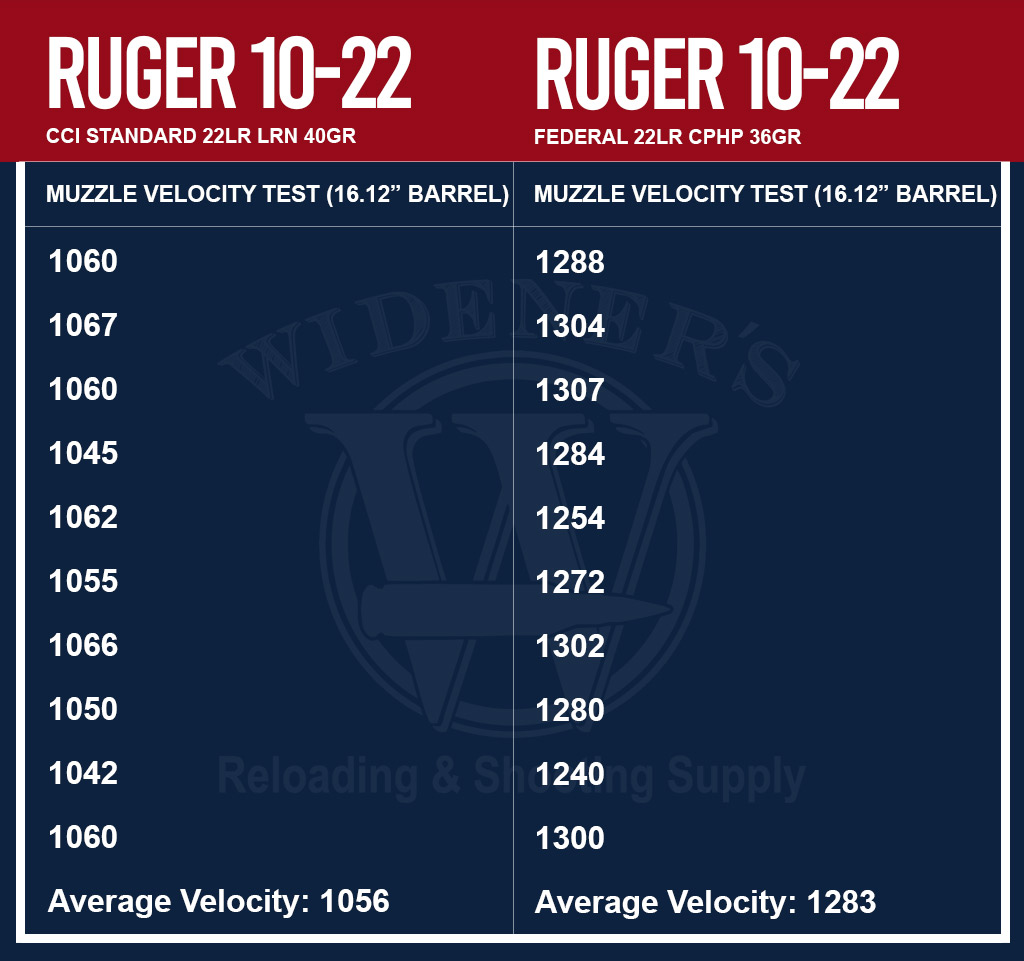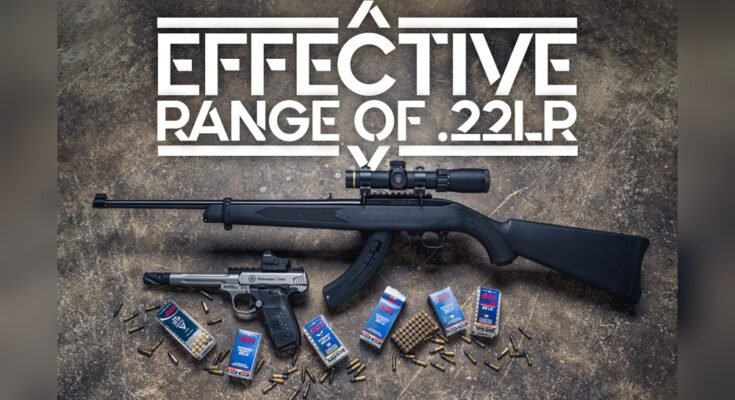Have you ever wondered how far your centerfire rifle can accurately shoot? Understanding the effective range of your rifle is key to improving your skills and making every shot count.
Whether you’re hunting, target shooting, or just curious, knowing this distance helps you shoot with confidence and precision. You’ll discover what factors affect your rifle’s range and how to make the most of it. Keep reading to unlock the secrets that could change how you approach every shot.

Basics Of Centerfire Rifles
Centerfire rifles are common firearms used for hunting, sport, and defense. They fire bullets with a primer located at the center of the cartridge base. This design allows for higher power and better performance than rimfire rifles.
Understanding the basics helps to know how far these rifles can shoot accurately. Several factors like rifle type, caliber, and components affect the effective range. Below are key points about centerfire rifles.
Types Of Centerfire Rifles
There are many types of centerfire rifles. Bolt-action rifles are popular for their accuracy and reliability. Semi-automatic rifles offer faster shooting with less recoil. Lever-action rifles provide quick follow-up shots and classic style. Each type suits different shooting needs and ranges.
Common Calibers Explained
Caliber means the diameter of the bullet. Common centerfire calibers include .223 Remington, .308 Winchester, and .30-06 Springfield. Smaller calibers like .223 are good for short to medium distances. Larger calibers like .30-06 work well for longer distances and bigger game.
Rifle Components Affecting Range
The barrel length plays a big role in range. Longer barrels usually mean higher bullet speed and better accuracy. The rifle’s scope or sights help aim precisely at longer distances. Quality ammunition also impacts how far and how well the bullet flies.

Factors Influencing Effective Range
The effective range of a centerfire rifle depends on several key factors. These elements work together to affect how far and how accurately a bullet can travel. Understanding these factors helps shooters improve their performance and choose the right equipment. Each factor plays a vital role in the overall shooting experience.
Bullet Ballistics And Trajectory
Bullet ballistics describe how a bullet moves through the air. The shape, weight, and speed of the bullet influence its path. A bullet with a flat trajectory stays on target longer. Bullets that drop quickly lose accuracy at longer distances. Ballistics also include how the bullet resists air drag. Good ballistics improve the rifle’s effective range.
Barrel Length And Quality
The barrel length affects the bullet’s speed and stability. Longer barrels usually increase bullet velocity. Higher velocity means a flatter trajectory and longer range. Barrel quality matters too. A well-made barrel ensures better accuracy. Poor barrel craftsmanship can cause bullets to stray off target. Barrel condition also impacts performance over time.
Optics And Sighting Systems
Clear and reliable optics help shooters see distant targets. Good sights reduce aiming errors at long ranges. Magnification allows better target identification. Reticles assist with range estimation and holdover. Quality optics maintain zero even after recoil. Using proper sights increases confidence and shot precision.
Environmental Conditions
Weather and surroundings affect bullet flight. Wind can push bullets off course. Temperature changes air density and bullet speed. Humidity also influences air resistance. Elevation changes impact bullet drop. Shooters must adjust for these factors during each shot. Knowing the environment helps maintain accuracy.
Effective Range By Caliber
The effective range of a centerfire rifle depends on the caliber used. Different calibers perform best at different distances. Understanding this helps hunters and shooters choose the right rifle for their needs.
Caliber affects bullet speed, drop, and energy. These factors change how far a bullet can travel accurately. Some calibers suit short to medium distances. Others excel at long-range shooting.
Popular Hunting Calibers
Popular hunting calibers like .30-06 Springfield and .270 Winchester work well up to 300 yards. These rounds offer good power and accuracy for deer and similar game. They balance recoil and performance, making them a favorite among hunters.
The .308 Winchester also stands out for hunting. It performs well up to 400 yards. This caliber suits various game and hunting conditions. Its availability and reliability add to its popularity.
Long-range Precision Calibers
Long-range calibers focus on accuracy beyond 600 yards. The 6.5 Creedmoor is famous for this. It offers low recoil and high ballistic efficiency. Shooters trust it for target shooting and hunting at great distances.
The .300 Winchester Magnum powers rounds over 1,000 yards. It delivers strong energy and flat trajectories. This caliber is common in precision rifle competitions and big game hunting.
Comparing Performance Across Calibers
Each caliber has strengths and limits. Smaller calibers drop faster and lose energy sooner. Larger calibers maintain velocity longer but produce more recoil. Hunters choose based on game type and shooting range.
Caliber choice impacts bullet trajectory, wind resistance, and terminal performance. Understanding these differences leads to better shooting results. Matching caliber to your shooting style and needs is key.
Shooting Techniques To Maximize Range
Shooting techniques greatly affect how far you can accurately shoot a centerfire rifle. Good skills help you hit targets at longer distances. Learning key techniques improves your shooting range and accuracy.
Focus on body position, breathing, and range estimation. These elements work together to make your shots steady and precise.
Proper Stance And Position
A steady stance gives a solid base for shooting. Keep your feet shoulder-width apart for balance. Lean slightly forward to control recoil. Your body should stay relaxed but firm. Position your rifle so it rests comfortably against your shoulder. This reduces movement and helps aim better.
Breath Control And Trigger Pull
Breath control keeps your body steady during the shot. Take a deep breath, then slowly breathe out halfway. Hold your breath while squeezing the trigger gently. Avoid jerking the trigger. A smooth trigger pull stops the rifle from moving off target.
Range Estimation Methods
Knowing the distance helps you adjust your aim. Use simple tools like a rangefinder or reticle marks. Learn to judge distances by comparing target size to known objects. Practicing range estimation helps make better shots at long distances.
Common Misconceptions About Range
Many people have wrong ideas about the effective range of a centerfire rifle. These myths can confuse new shooters and even some experienced ones. Understanding the facts helps set clear expectations. It also improves shooting skills and safety.
Range is not just about the rifle or bullet. Other factors play a big role in how far and how well you can shoot. Let’s look at some common misconceptions and the real story behind them.
Myth Vs Reality Of Maximum Range
Some believe the maximum range means the rifle can hit targets accurately at that distance. Not true. Maximum range is how far the bullet can travel, not how far it can hit precisely. Effective range is much shorter. It depends on the bullet’s speed, drop, and energy.
Impact Of Ammunition Quality
Not all bullets are the same. High-quality ammunition flies straighter and hits harder. Cheap ammo may lose power quickly and be less accurate. Ammunition choice affects the rifle’s effective range more than many realize. Good ammo helps maintain velocity and stability over distance.
Role Of Shooter Skill
Shooting far is not easy. Skill matters a lot. A skilled shooter can adjust for wind, bullet drop, and other factors. Beginners may struggle even at shorter distances. Practice and knowledge improve accuracy and extend the effective range for any shooter.

Tips For Improving Effective Range
Improving the effective range of a centerfire rifle takes more than just good aim. Several factors play a role in how far and how accurately you can shoot. Simple changes and habits can help extend your rifle’s reach and precision.
Upgrading Rifle Components
Better parts make a big difference. A quality barrel improves bullet stability and accuracy. Installing a reliable scope helps you see targets clearly at longer distances. A good trigger reduces pull weight, making shots steadier. Upgrading these parts can boost your shooting confidence and range.
Selecting The Right Ammunition
Not all bullets perform the same. Choose ammunition designed for long-range shooting. Bullets with higher ballistic coefficients keep speed and resist wind better. Match the ammo to your rifle’s caliber and intended use. This choice helps maintain accuracy over greater distances.
Regular Practice And Training
Consistent practice builds skill and muscle memory. Spend time at the range practicing different distances. Learn to adjust for wind, elevation, and breathing. Dry firing drills improve trigger control without live ammo. Training often sharpens focus and improves shot consistency.
Frequently Asked Questions
What Defines The Effective Range Of A Centerfire Rifle?
The effective range is the maximum distance where a centerfire rifle maintains accuracy and power. It depends on the caliber, bullet type, and rifle quality. Environmental factors like wind and elevation also influence this range.
How Far Can A Centerfire Rifle Accurately Shoot?
Most centerfire rifles can accurately shoot between 300 and 800 yards. Precision depends on the rifle, ammunition, and shooter skill. Specialized rifles and calibers can exceed these distances.
Does Caliber Affect The Centerfire Rifle’s Effective Range?
Yes, caliber significantly impacts effective range. Larger calibers typically offer longer range and better energy retention. Smaller calibers may have less drop but are usually effective at shorter distances.
What External Factors Influence A Centerfire Rifle’s Range?
Wind, temperature, altitude, and humidity affect bullet trajectory and stability. Shooters must consider these to maintain accuracy at longer ranges. Proper adjustments can extend the effective range.
Conclusion
The effective range of a centerfire rifle depends on many factors. Bullet type, rifle quality, and shooter skill all matter. Most centerfire rifles perform well within 300 to 600 yards. Beyond this, accuracy and power often drop. Practice and proper equipment help improve shooting at longer distances.
Understanding your rifle’s limits keeps shooting safe and fun. Keep learning and practicing to get the best results.



